14 Countries Every Food Lover Should Have on Their Bucket List
For food lovers, exploring new destinations means discovering exciting flavors and unique culinary traditions. From the fresh seafood of Japan to the bold spices of Mexico, every country offers a distinct food culture worth experiencing. Whether you’re savoring street food, indulging in local delicacies, or trying iconic dishes, these destinations promise to satisfy every craving. Get ready to embark on a flavorful adventure around the world and taste what makes each cuisine unforgettable.
This post may contain affiliate links, which helps keep this content free. Please read our disclosure for more info.
Italy

Italy is a paradise for food lovers, offering a culinary journey through each region. In Naples, you can savor the world-famous Neapolitan pizza, made with simple yet perfect ingredients: mozzarella di bufala, San Marzano tomatoes, and fresh basil. Moving through Tuscany, indulge in rich, rustic dishes like ribollita (a hearty vegetable and bread soup) and the famous bistecca alla fiorentina. Each region in Italy has its specialty, making it a perfect destination for discovering diverse flavors, from creamy risottos in Milan to seafood in Venice, where the catch of the day is a must-try.
What truly sets Italian cuisine apart is its emphasis on fresh, local ingredients and its commitment to tradition. Italian meals are not just about food but about experience, sharing family-style meals, enjoying local wines, and appreciating the artistry in each dish. With Italy’s centuries-old food culture and its influence on global cuisine, it’s no wonder this country is a top choice for anyone who loves to eat.
Japan
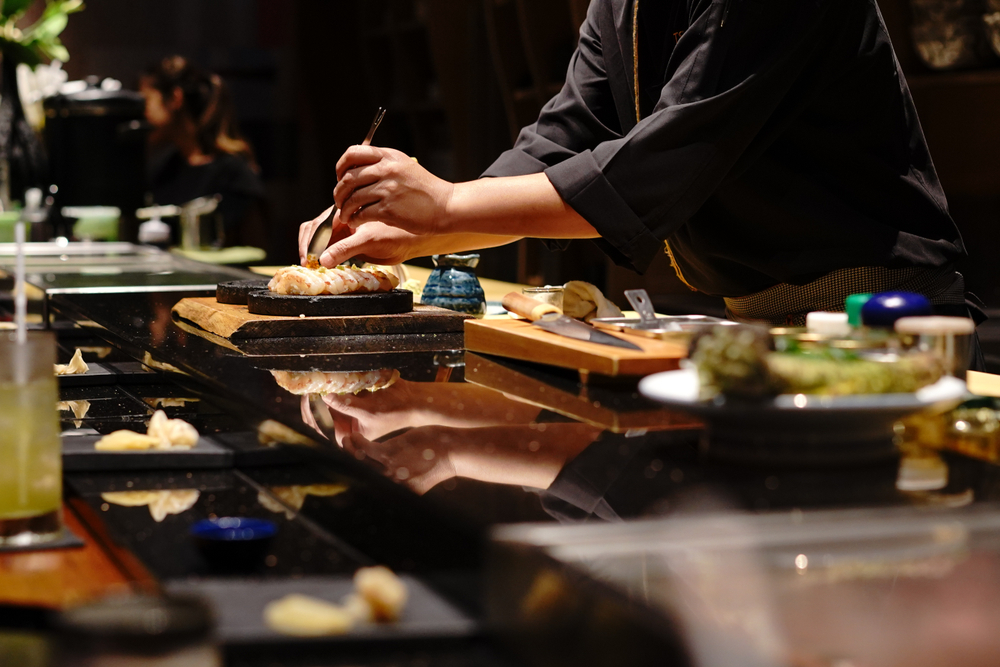
Japan offers an exceptional culinary experience, where every meal is crafted with care, attention to detail, and respect for tradition. Sushi, often considered Japan’s culinary jewel, is made with the freshest fish and vinegared rice, offering a pure taste of the sea. But the country’s food scene extends far beyond sushi. Ramen, with its rich broths and varied toppings, provides comfort like no other, while tempura, delicate and crispy, showcases the balance of light batter and fresh ingredients. Japan’s emphasis on seasonality means each dish reflects the current harvest, ensuring an experience that is always new and exciting.
Beyond the most well-known dishes, Japan’s regional specialties are a food lover’s dream. In Hiroshima, savor okonomiyaki, a savory pancake filled with cabbage, meat, and noodles. Kyoto offers kaiseki, a meticulously prepared multi-course meal that highlights seasonal ingredients, presenting food as both art and nourishment. Japan is where culinary tradition, innovation, and artistry come together, making it an unforgettable stop for food enthusiasts.
Thailand
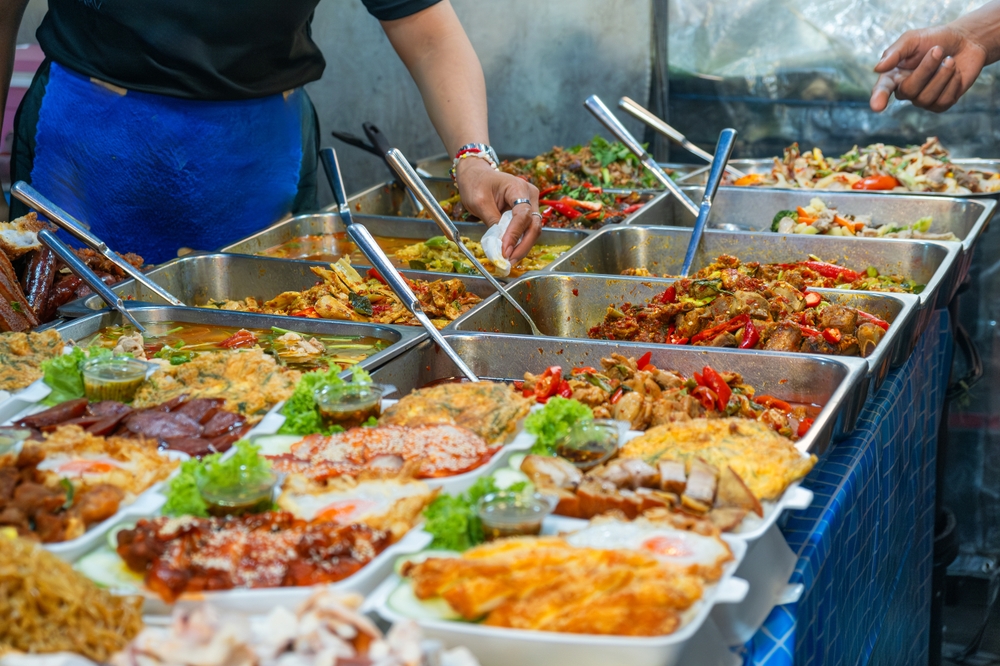
Thailand’s street food culture is legendary, and for good reason. It’s where vibrant flavors come alive in every dish. Pad Thai, Thailand’s most iconic noodle dish, strikes the perfect balance of sweet, sour, and salty with every bite, while the rich and aromatic curries made with coconut milk, such as green curry or massaman, are nothing short of flavorful masterpieces. Thai cuisine is built on a foundation of fresh herbs, chilies, garlic, and lime, and these ingredients come together in a harmony that’s as complex as it is satisfying. Whether you’re enjoying a street-side vendor’s grilled chicken or savoring a bowl of boat noodles by the river, Thailand offers an immersive food experience.
Thai food is not just about the flavor but also about the experience. Visiting Thailand means indulging in a variety of textures and flavors, from the crispy fried treats to the smooth, aromatic soups. Thailand’s bustling markets and food stalls offer an authentic experience that goes beyond the typical restaurant meal. The blend of spices and fresh ingredients, combined with the energetic atmosphere of the street food scene, makes it a must-visit for any food lover.
Mexico
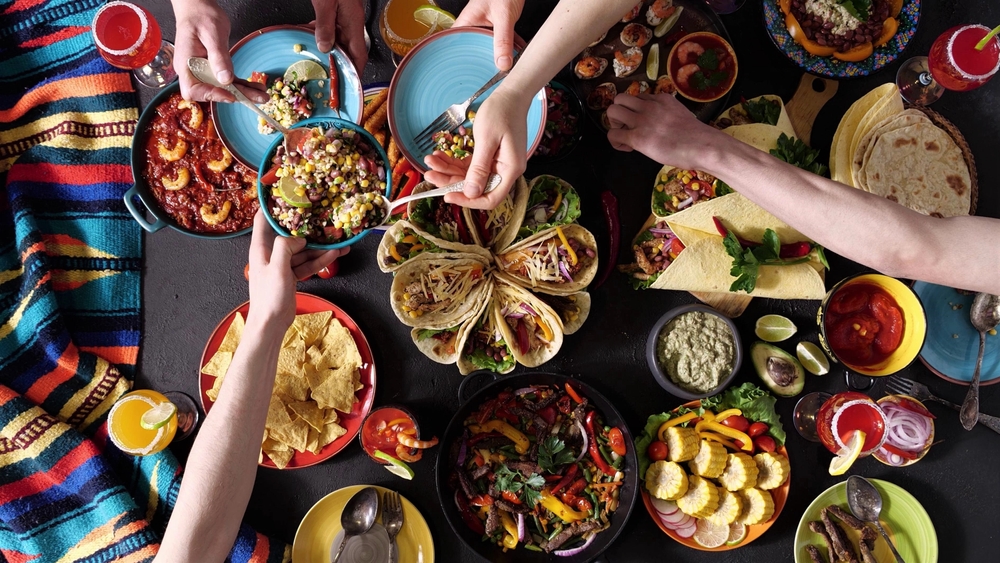
Mexican cuisine is known for its bold, vibrant flavors, where corn, chili, and fresh herbs are the stars of every dish. From tacos al pastor, where marinated pork is cooked on a spit and served with pineapple, to the rich and complex moles, Mexico offers a food journey filled with diverse regional tastes. In Oaxaca, the land of moles, you can taste the deep, layered flavors of a slow-cooked sauce made with chocolate, chilies, and spices. In coastal areas like Baja California, fresh seafood dominates the menu, with ceviche and fish tacos being the highlights.
What makes Mexican food so remarkable is the deep connection to indigenous ingredients and techniques, combined with centuries of Spanish influence. The combination of local ingredients like corn, beans, and squash with imported spices and meats has led to a fusion of flavors that’s both rich in history and incredibly diverse. Whether you’re enjoying a street-side tamale or a fine dining experience in Mexico City, the country’s food offers something for every palate.
Spain
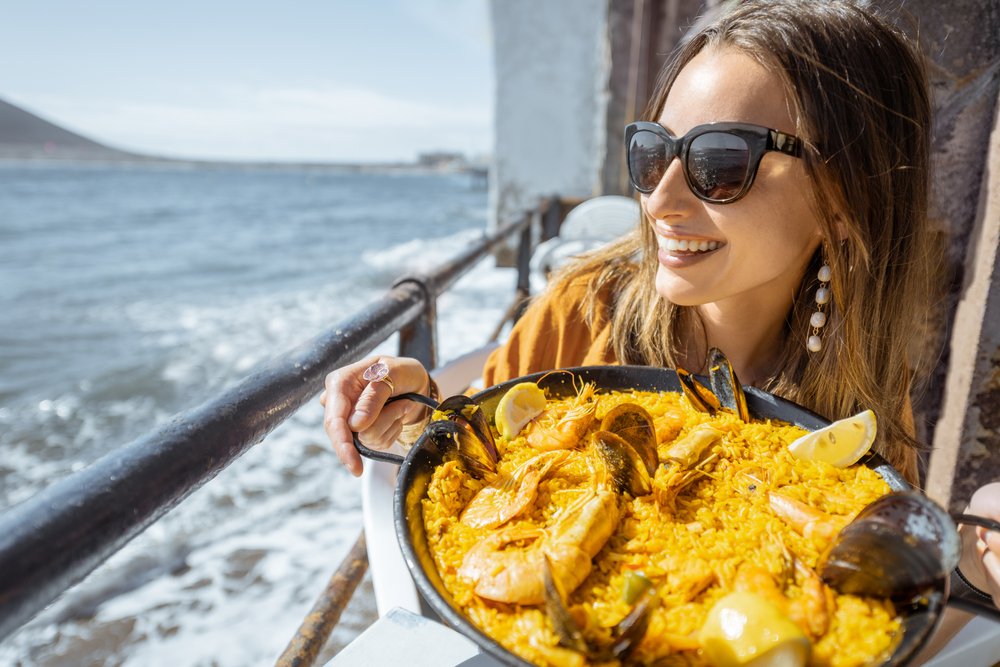
Spain offers an exciting range of regional foods, with an emphasis on fresh, high-quality ingredients, from the coast to the inland. Tapas are perhaps the best-known Spanish food, with small, flavorful dishes like patatas bravas, gambas al ajillo (garlic shrimp), and jamón ibérico served in every corner of the country. In the region of Catalonia, you can enjoy hearty dishes like paella, while in the Basque Country, pintxos, small bites often served with a toothpick, are a must-try. Spain’s diverse regions make the food scene incredibly exciting, with each offering something unique, whether it’s the seafood of Galicia or the rich stews of Andalusia.
Spain’s focus on local, seasonal produce and its love for slow-cooked, hearty meals make it an unforgettable destination for food lovers. Meals are often shared among friends and family, and the culture around dining is just as important as the food itself. With a mix of tapas, paella, churros, and so much more, Spain’s culinary offerings are a joy to explore.
India
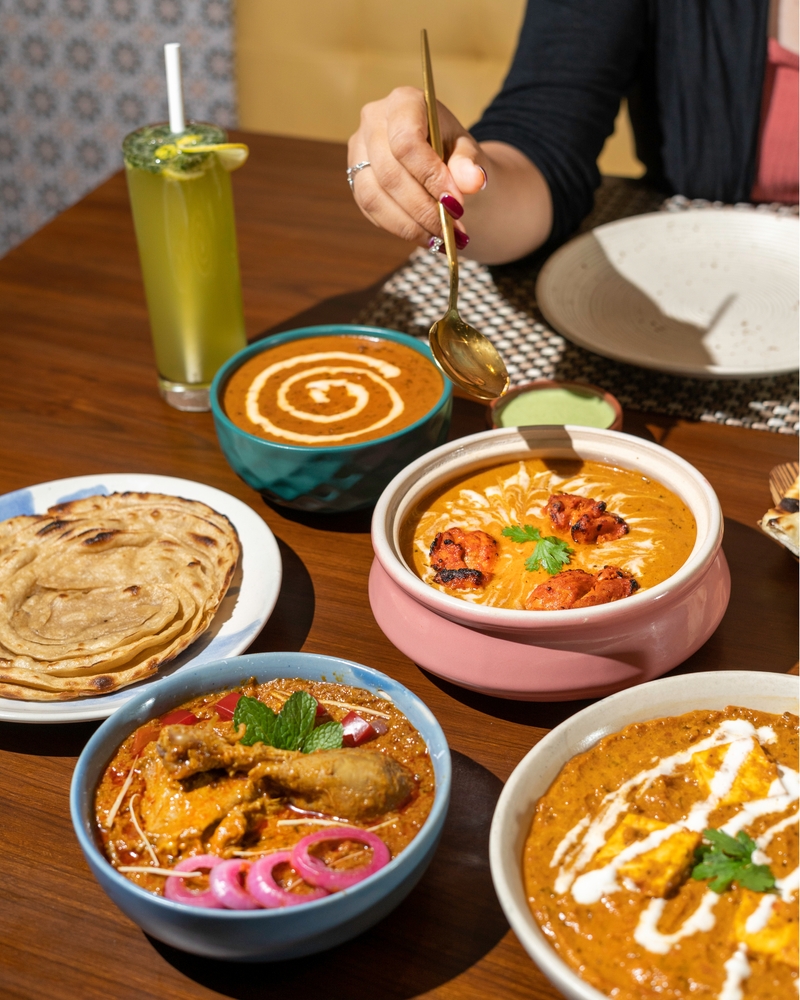
Indian cuisine is a rich tapestry of flavors, spices, and textures that vary dramatically across the country’s regions. From the creamy, fragrant butter chicken of the north to the lighter, coconut-infused curries of the south, each dish tells a story of centuries-old culinary traditions. Indian food is defined by its use of aromatic spices such as cumin, cardamom, and turmeric, creating layers of complex flavors in every bite. Street food is another highlight, with chaats like pani puri and samosas offering bold, tangy, and crispy bites that perfectly represent the country’s culinary creativity.
India’s food is deeply tied to its culture and traditions, with meals often involving an intricate mix of dishes that cater to every taste. In states like Gujarat, you can enjoy thalis, a spread of small portions of various dishes, while in the coastal regions, fresh seafood is prepared with Indian spices for a truly unique flavor profile. Whether you’re sampling street food or enjoying a multi-course banquet, India’s food offers an unforgettable sensory experience.
France

France has long been considered the gold standard in gastronomy, with a cuisine that emphasizes technique, rich flavors, and the use of premium ingredients. The country is home to a wide variety of culinary delights, from flaky croissants and buttery baguettes to decadent dishes like coq au vin and beef bourguignon. Each region has its specialties, such as ratatouille in Provence, crepes in Brittany, and foie gras in the southwest. France’s dedication to both food and wine has made it an epicenter of fine dining and culinary innovation.
What sets French cuisine apart is its long history of culinary refinement, from its medieval roots to the influence of French chefs like Escoffier. Meals in France are about savoring every bite, whether it’s a simple fresh salad or a meticulously prepared five-course meal. The country’s deep respect for food and its ability to turn even the most humble ingredients into a work of art make it an essential destination for food enthusiasts.
Greece
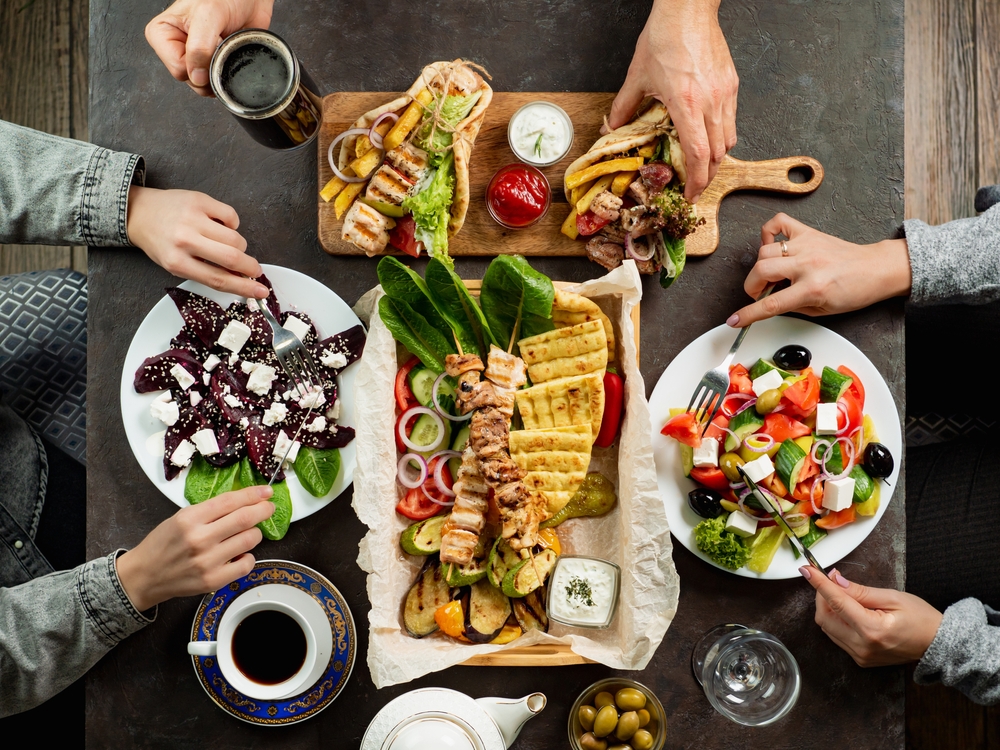
Greek cuisine is centered around the concept of balance and fresh, seasonal ingredients. Staples like olive oil, fresh herbs, and cheese define Greek dishes, with tzatziki, moussaka, and souvlaki being some of the most beloved. The country’s rich culinary traditions are tied to the Mediterranean diet, which is renowned for its health benefits. Greek food is light yet full of flavor, with dishes often served family-style, making it a perfect fit for sharing with friends and loved ones.
Greece’s food scene also includes its famous street food, such as pita wraps filled with gyro or souvlaki, offering quick and delicious meals. In the islands, fresh seafood dominates the menus, while in Athens, you can enjoy a blend of traditional and modern Greek dishes. Greece offers a food journey that combines tradition with innovation, making it a top destination for anyone seeking flavorful and healthy dishes.
Vietnam

Vietnam’s food culture is a delightful balance of sweet, sour, salty, and bitter flavors, with rice, fresh herbs, and fish sauce taking center stage. Pho, a fragrant noodle soup with a rich broth, is one of the most famous Vietnamese dishes, often enjoyed at any time of the day. Banh mi, a delicious fusion of French and Vietnamese influences, features a crispy baguette filled with savory meats, pickled vegetables, and herbs. The country’s love for fresh ingredients makes its cuisine incredibly vibrant, and the use of herbs like mint, cilantro, and basil adds a refreshing twist to every dish.
Street food is an integral part of Vietnam’s culinary culture, with bustling markets offering dishes like banh xeo (savory pancakes) and fresh spring rolls. Whether you’re in the north, where pho reigns supreme, or in the south, where tropical fruits and seafood dominate, Vietnam’s food offers a variety of flavors and textures that make it a must-visit for any food lover.
Peru
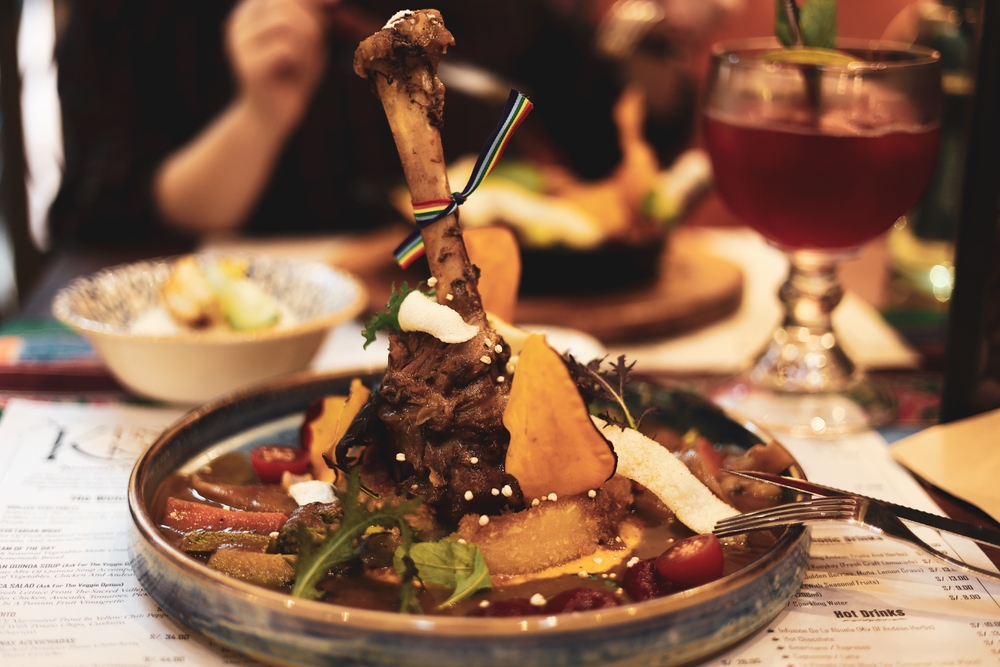
Peruvian cuisine is a stunning mix of indigenous ingredients, Spanish influences, and Japanese techniques, creating a truly unique culinary landscape. Ceviche, Peru’s signature dish, combines fresh fish marinated in citrus and chili, served with onions, sweet potatoes, and corn. In the Andes, hearty dishes like lomo saltado and causa are beloved for their bold flavors and perfect balance of ingredients. Peru’s food culture is deeply tied to its rich agricultural heritage, where ancient crops like quinoa and potatoes are staples in many dishes.
One of the most exciting aspects of Peruvian cuisine is its fusion of flavors. The influence of Japanese cooking, known as Nikkei, has led to dishes like tiradito, raw fish slices served with a spicy sauce. Peru’s culinary scene is diverse and constantly evolving, offering food lovers a chance to experience both the old and the new in every meal.
Turkey
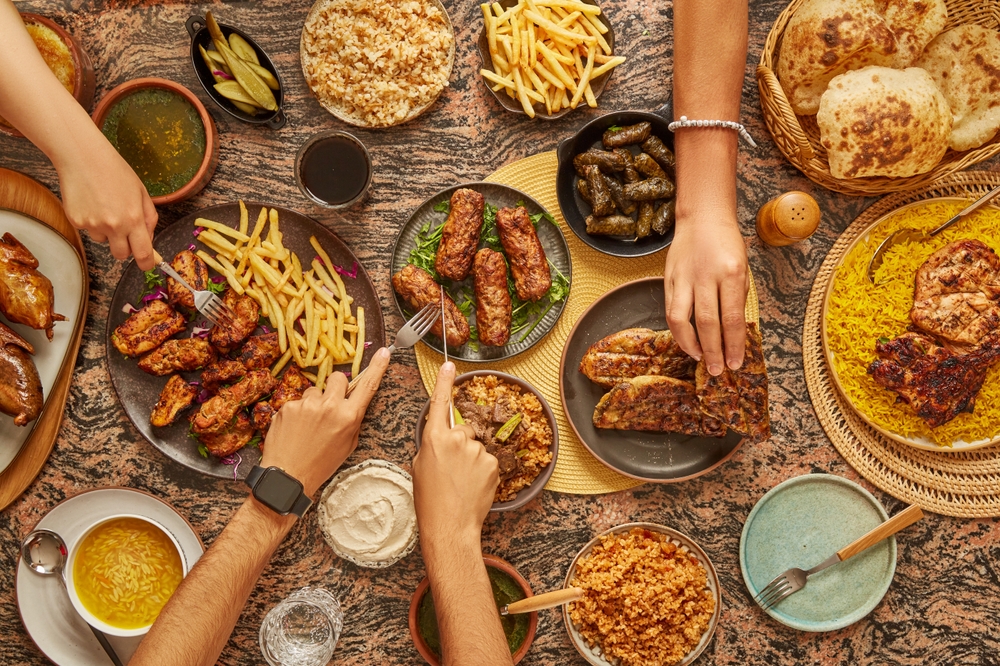
Turkish cuisine is a delightful mix of rich, aromatic flavors, where spices, grilled meats, and fresh vegetables take center stage. Doner kebab, a popular street food, is a must-try, with marinated lamb or chicken grilled to perfection and served in flatbread with fresh veggies. The country’s many regional dishes, such as baklava in Istanbul and lahmacun (Turkish pizza) in Gaziantep, showcase the country’s diverse culinary influences. Turkish food is known for its use of olive oil, herbs, and yogurt, creating balanced yet rich dishes that leave a lasting impression.
One of the joys of Turkish food is its diversity, with flavors that range from tangy yogurt-based dips to sweet desserts like Turkish delight and baklava. The tradition of sharing food with family and friends is central to Turkish culture, making meals feel both special and intimate. With its beautiful mix of spices, meats, and fresh produce, Turkey offers a culinary experience that is both satisfying and unforgettable.
Morocco
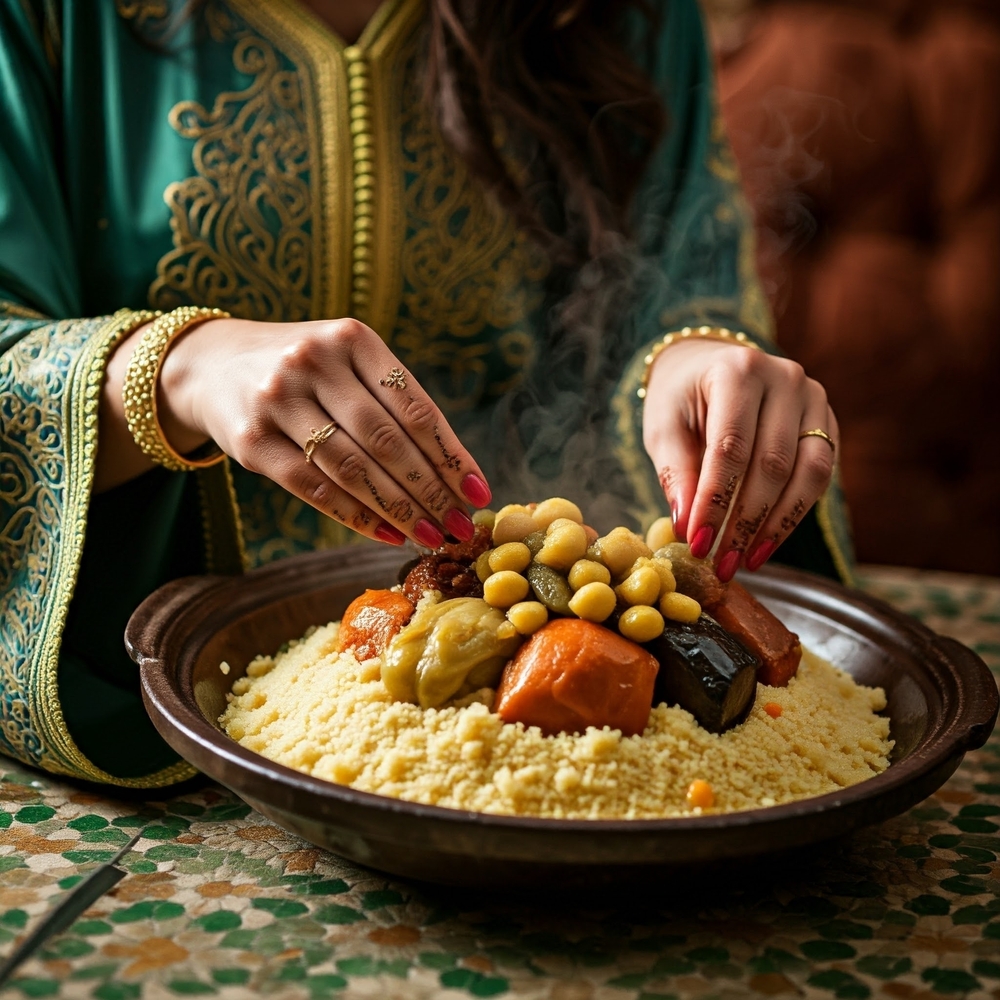
Moroccan cuisine is a blend of North African, Arab, and Mediterranean influences, where spices like cumin, coriander, and saffron take center stage. Tagine, a slow-cooked stew often made with lamb or chicken, is one of the country’s signature dishes, infused with aromatic spices and dried fruits like apricots or raisins. Couscous, often served with vegetables and meats, is another staple of Moroccan cuisine. The country’s love for fresh ingredients like olives, citrus, and mint adds an extra layer of complexity to its dishes.
Moroccan food is deeply tied to its culture and geography. The spices and herbs used in cooking are often grown locally, and the art of preparing a tagine or making fresh bread is passed down through generations. Dining in Morocco is an immersive experience, where the communal act of eating together is as much a part of the meal as the food itself.
South Korea
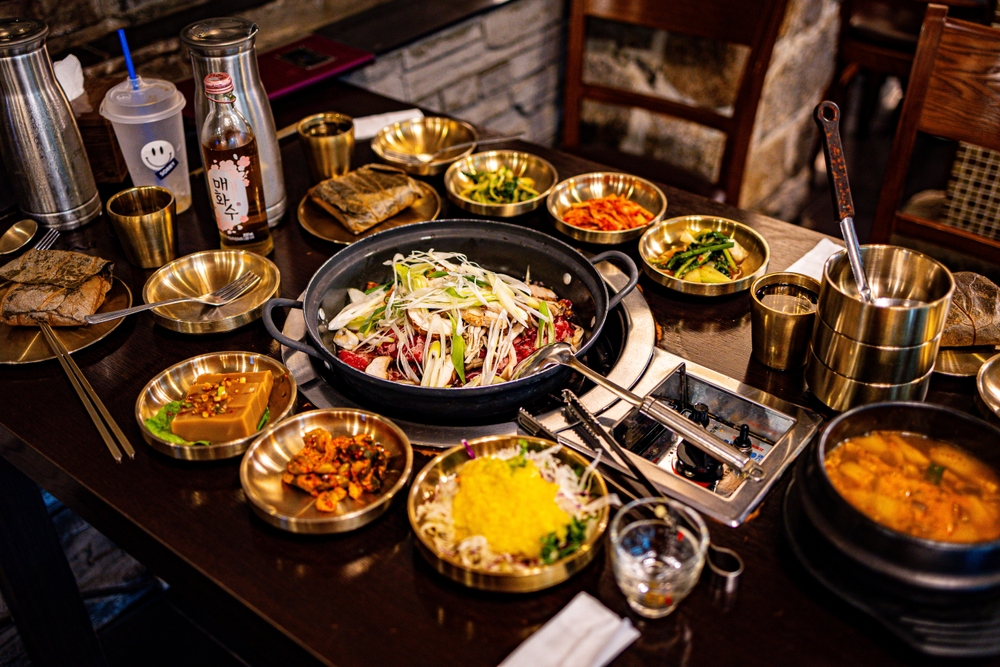
South Korean cuisine is marked by bold flavors and a focus on fermentation, with dishes like kimchi (fermented cabbage) playing a central role. Bibimbap, a rice dish topped with vegetables, meat, egg, and spicy gochujang, is both delicious and nutritious. Korean barbecue, where diners grill their meats at the table, offers a fun and interactive dining experience, with a variety of side dishes, or banchan, served with every meal. The use of soy sauce, garlic, ginger, and sesame oil creates layers of savory depth in every dish.
Korean food also places a strong emphasis on balance and nutrition. Meals often feature a wide variety of vegetables, fish, and meats, all prepared in ways that enhance their natural flavors. South Korea’s rich food culture, with its centuries-old traditions and modern influences, provides food lovers with an unforgettable experience.
Indonesia
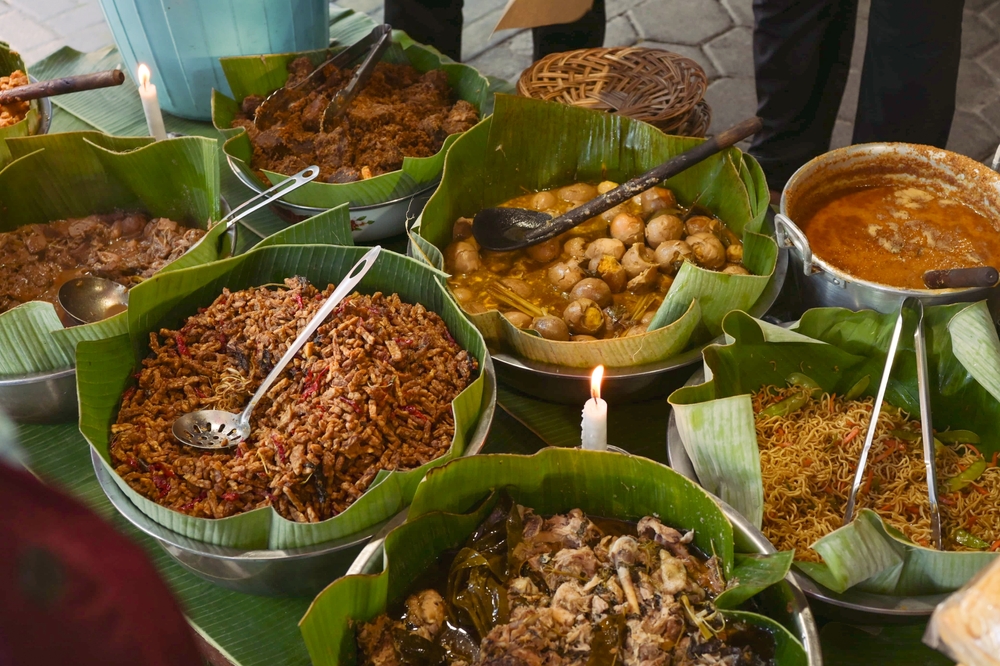
Indonesia offers a rich variety of flavors, with its food influenced by the country’s diverse ethnic groups and cultures. Nasi goreng, a fried rice dish with spices, vegetables, and often meat or seafood, is a beloved comfort food. Sate (skewered grilled meats) and gado-gado (a vegetable salad with peanut sauce) are also popular dishes, showcasing the country’s love for fresh ingredients and bold flavors. In Bali, you can enjoy seafood that’s grilled and served with a tangy sambal, a spicy chili paste.
Indonesia’s food is a reflection of the country’s diversity, with different regions offering unique dishes based on local produce and traditions. Whether you’re enjoying a street-side meal in Jakarta or a seaside feast in Bali, Indonesian food is an exciting adventure for any food lover. The balance of sweet, sour, and spicy flavors makes each meal feel like a discovery.
This article originally appeared on Avocadu.
